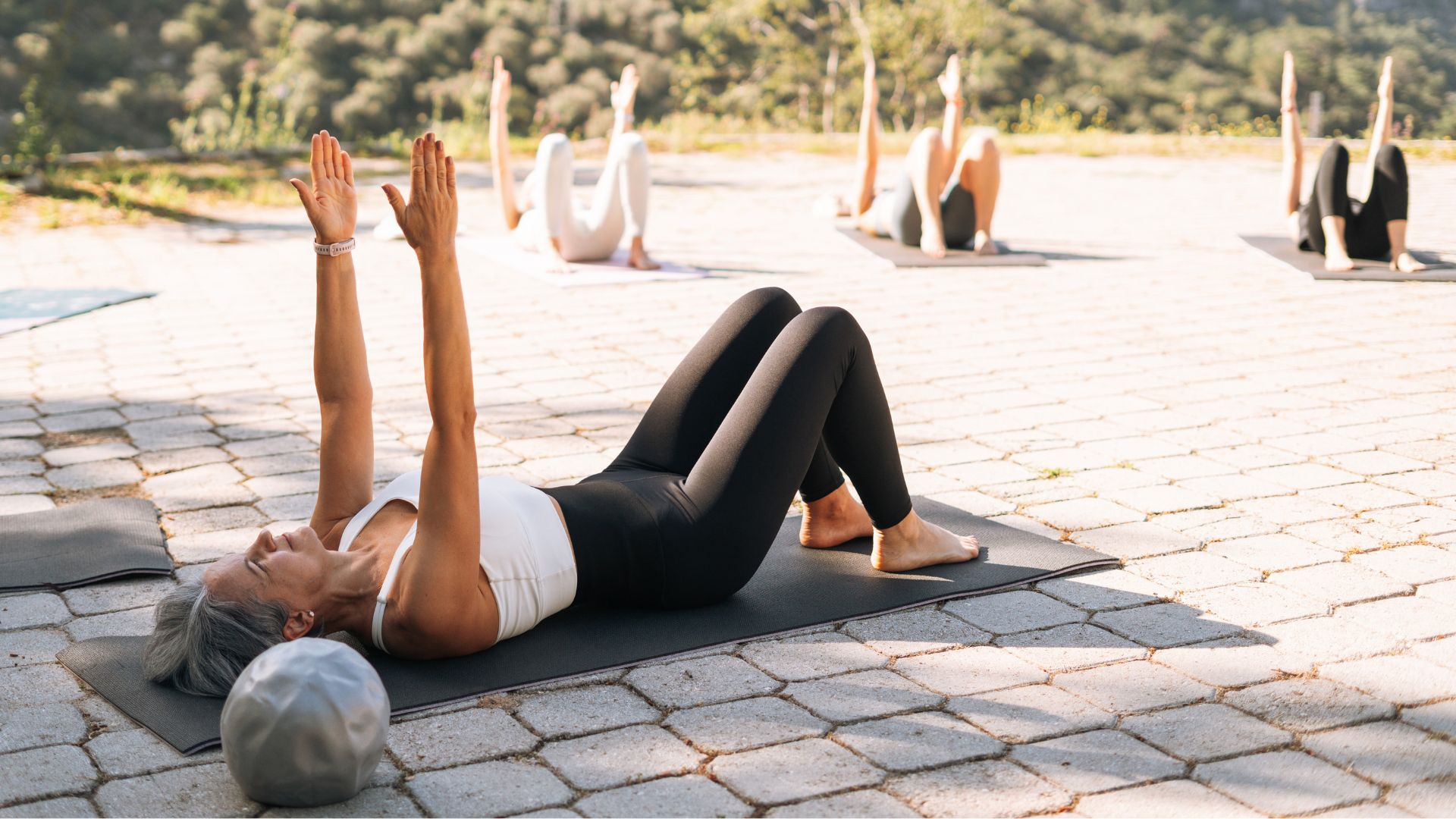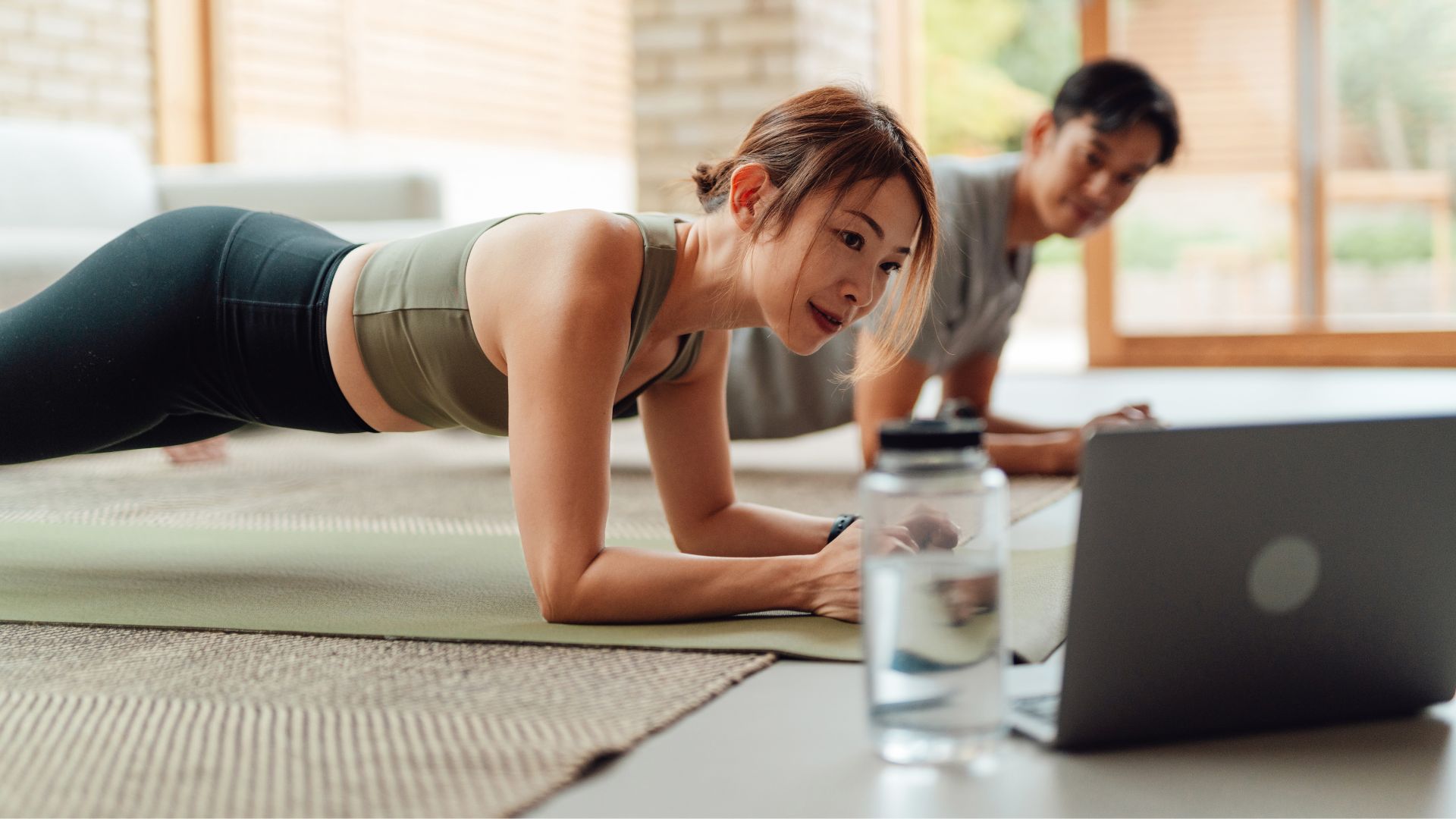'You won't catch me doing hundreds' - Pilates instructors reveal 5 overrated exercises they avoid doing in class
From exercises that are too difficult for most people to ones that only look good on social media, these are the Pilates moves to watch out for

Reformer, mat, infrared - the Pilates boom is showing no sign of slowing down, and our enthusiasm for it isn’t waning. It’s also a hugely accessible exercise, with home workouts and online classes available at the touch of a button via some of the best Pilates apps.
Everyone has their preferred type of Pilates and moves they enjoy more than others (don’t start me on fire hydrants or side planks!), but there are some exercises you might feel you need to be superhuman to do. This is why well-trained and experienced instructors adapt founder Joseph Pilates' exercises to fit with our bodies at different levels, avoiding strain or injury.
Pilates instructor and founder of the SDP Method, Sam Deville, says her classes blend the "spirit of Joseph's work with more functional moves", admitting she leaves a few classes out because they "just don't fit most bodies I see".
Other instructors may leave an exercise off their programme simply because they are overrated. Most of us will only manage one or two Pilates classes a week, and we live in a busy time. We want to see results quickly. Some will miss an exercise simply because it's not worth doing in the time available. Ready to see which ones made the list?
Overrated Pilates exercises
Jackknife
If there's a jackknife exercise in your Pilates for beginners class, back out of the studio slowly. Deville says she doesn't teach the jack knife in her classes as "it's a big inversion that rolls you onto your neck, and even Joe (Joseph Pilates) said you shouldn’t try it until you’ve mastered simpler progressions".
The jackknife is an advanced move where you lie on your back with your arms by your sides and palms facing down. With your legs straight at 45 degrees, you inhale and exhale to roll your spine off the mat and bring your legs straight up above you with your heels in line with your eyes.
After holding your legs up for a few counts, you roll back down slowly and lower your feet to the floor.
Sign up to our free daily email for the latest royal and entertainment news, interesting opinion, expert advice on styling and beauty trends, and no-nonsense guides to the health and wellness questions you want answered.
The alternative
The jack knife can be “modified quite easily to reduce strain on the lower back and neck”, says Deville. She takes inspiration from the Reformer Pilates exercise, short spring, which is the Jack Knife, but with your feet in straps for more assistance. She also says, “rolling down with bent knees takes the pull out of the lower back”.
“On the mat, I adapt this by initially not rolling over as far, which helps avoid neck strain. Once at the top of the inverted shoulder stand, we bend the knees towards the nose and then control the roll back down to the mat,” she explains.
2. Pilates flows
Michelle D’Onofrio, Pilates instructor at YATTA Studio, says one of the biggest issues she sees in other classes and online is “overly complex ‘flows’ that string together multiple movements without a clear purpose”.
She explains that while they might “look impressive on social media, in reality, they compromise alignment and technique”. She has seen instructors “combining advanced Reformer moves like planks, lunges, and arm work into one continuous sequence”.
The alternative
D’Onofrio says she chooses to focus on “intelligent progressions” instead. This means “slowing things down, refining movement patterns and helping clients really connect with their breath and core engagement”.
Pilates has been around for a long time for good reason, and while we constantly see new trends in workouts, D’Onofrio says it’s still important to focus on “small, simple movements”. She believes that if these are “done with precision”, they can be “far more transformative than flashy, complicated combinations”.
3. The plank
I developed a love-hate relationship with this exercise after learning how long to hold a plank for. I know it’s great for core strength, but it also hurts my body all over.
Unlike me, Pilates instructor Natasha Kumar loves the plank and all of its variations, but says that unless you know how to do a plank properly, "you lose the benefits of core engagement and shift the weight down the spine, which can cause tension in either the shoulders or lower back".
The alternative
There are so many plank alternatives out there, from the bird dog exercise to leg raises. However, Kumar says she tries to avoid alignment issues in the first place, as the plank is only overrated if you don't do it with proper form. She tells clients to keep their knees below their hips as "it's easier to maintain your posture and stabilise the shoulders, while still creating the core connection" this way.
She then teaches clients to slowly extend their legs into the plank, while keeping their upper body stable. She says this creates better form and ensures the exercise is effective. She explains that this method will “allow clients to build strength and improve proprioception to make the exercise really work for them”.

The plank is a great full-body Pilates exercise if you do it right, says Kumar.
4. The saw
The saw is a move Kumar says many people find hard to do with good form, so she leaves it out of her classes. She explains that it’s a traditional seated exercise which “involves twisting and flexing the spine while keeping the pelvis still and legs straight”. She says it requires flexibility in your hamstrings, deep core strength and upper back mobility to do it properly.
Kumar says “there’s a lot going on in this exercise” and most of her clients don’t have the flexibility to do it. “If the hamstrings or upper back are tight, people often compensate by twisting from the lower back or rounding the shoulders to reach towards the toes. This can put strain on the lower back and aggravate already tight neck and shoulders,” she says.
The alternative
Kumar says she tries to “break the saw down” into other exercises that offer the same benefits but not cause any strain. She often chooses to do a 'seated waist twist' or ‘thread the needle’ to help with upper back mobility and she says she loves ‘spine stretch forward’ for “targeting tight hamstrings and improving seated core engagement”.
5. Hundreds
Hundreds is one of the most famous mat Pilates exercises. Whether you've done a Pilates abs workout or a quick 15-minute Pilates session, it'll likely have been in your class.
It’s a great core strengthener, but it can also cause pain in your neck if not done properly. Deville says her “clients often feel it in their neck and shoulders due to weak neck extensors or lifting into curl-up through the neck rather than through the breastbone”.
Much like the plank, getting the form right is key. "Small tweaks can go a long way in turning this one from something uncomfortable into a really effective core exercise,” she says.
The alternative
Deville gives her clients different options when doing the hundreds and likes to build it up so everyone can find the right version for them and either progress or stay where they feel comfortable.
She says she starts with both feet flat on the mat with arms pulsing by the side of the body for 10 breaths. “Then we'll add on, roughly every 10 breath cycles,” she explains. “First, we'll float one leg up into tabletop, then a second leg, extend one leg long, then the second leg - all the while beating those arms by our sides.
"If the lower back starts to arch or the neck feels tired, I always suggest lowering a foot/feet back to the mat and placing one hand behind the head. The whole point is to warm up the deep abdominals, so I encourage clients to stick with whichever layer lets them breathe smoothly and avoid neck strain.”
When writing a class plan, Deville says she always makes sure she selects exercises that suit the whole class, but which also offer different levels if people want to practice more advanced options.
Pilates principles vs social media
All of the instructors I spoke to agreed that continued professional development as a Pilates instructor is imperative, so when choosing a studio or instructor, take a look at their training.
D’Onofrio says: "When you’re a newer teacher, it’s easy to be influenced by what you see online and from trending social media posts. Social media can be a brilliant tool for sharing ideas and creativity, but the key is filtering trends through your own understanding of Pilates principles. Over time, you learn to take inspiration from others while staying true to the method’s integrity and what’s best for your clients."

Kat Storr has been a digital journalist for over 15 years after starting her career at Sky News, where she covered everything from world events to royal babies and celebrity deaths. After going freelance eight years ago, she now focuses on women's health and fitness content, writing across a range of UK publications.
From perimenopause to the latest fitness trends, Kat loves researching and writing about it all. She's happy to give any fitness challenge a go and speaks to experts about wellbeing issues affecting people every day.
You must confirm your public display name before commenting
Please logout and then login again, you will then be prompted to enter your display name.
